14 Most Bizarre Scientific Discoveries of 2018
Whoa, that's weird science
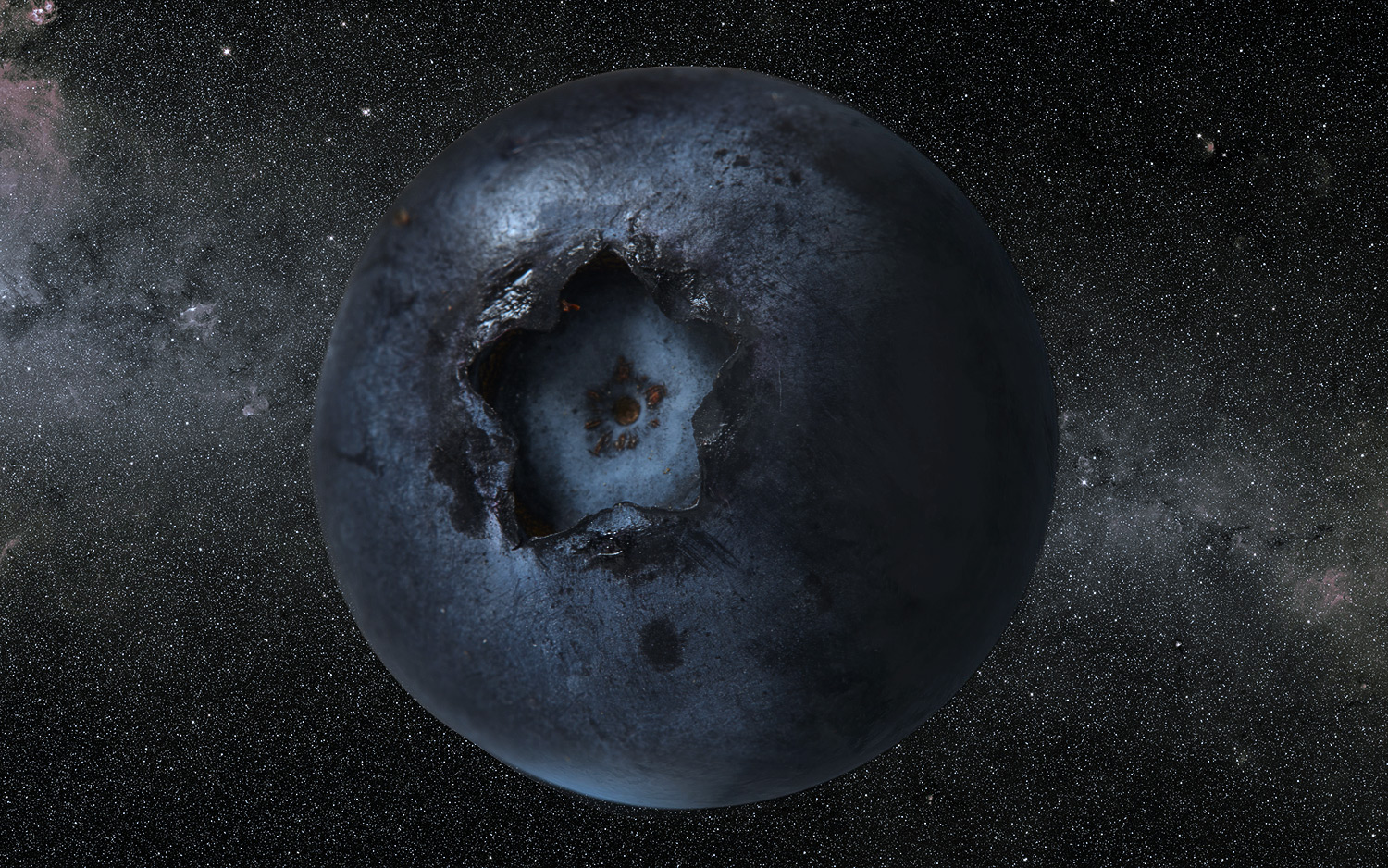
There's no question that science is full of explanations that defy our commonsense expectations. And every year, researchers find ever more mystifying discoveries about the universe we live in. From disgusting medical anomalies to blueberry planets to giant tadpoles, here are the 14 most bizarre findings of 2018.
Karate-kicking cockroaches avoid zombification
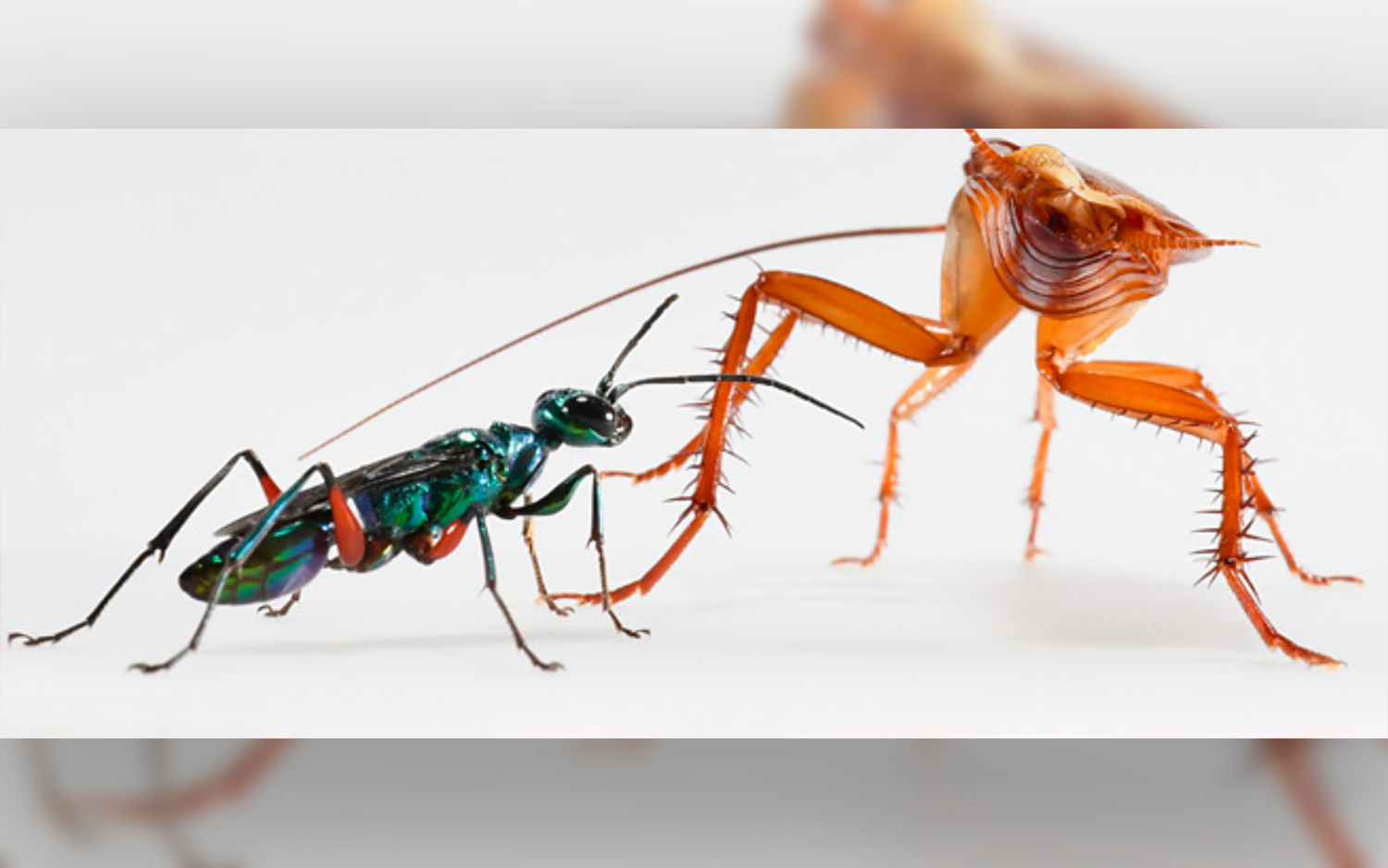
Parasitic wasps are among the most diverse of all animals, with nearly one species for every other known insect, according to research published this year in BMC Ecology. One particular fiend, known as the emerald jewel wasp, preys on cockroaches. After delivering a paralyzing sting to the victim's legs, the wasp then stings its brain and floods it with neurotoxins that hijack the cockroach's nervous system, turning the lowly crawler in a mind-controlled zombie. The cockroaches were once thought to have no defense against this gruesome attack, but new research shows that the prey can knock away their parasitic predator with a karate kick to the head that sends the wasps searching for an easier target.
A long-standing lump in the throat
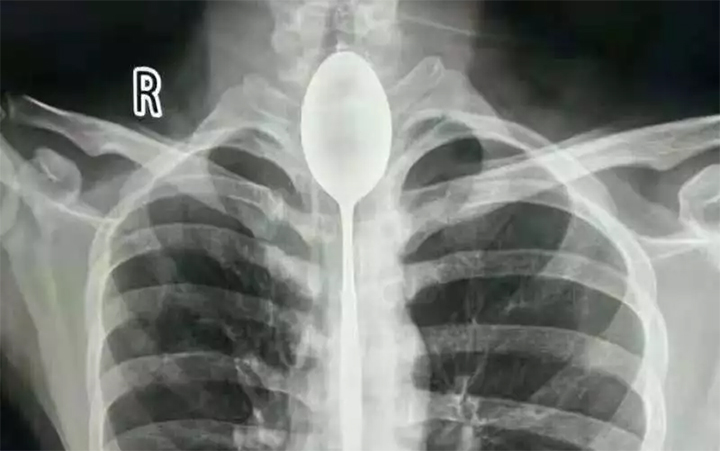
Some people are born with a silver spoon in their mouth. Others swallow them on a dare. That was the case for a patient known only as "Mr. Zhang" who arrived at Xinjiang Meikuang General Hospital in China in October. The spoon — which was actually made of steel — had become lodged in the man's esophagus a year earlier and was apparently not causing him much suffering until he began having pains after being punched in the chest. (Mr. Zhang sounds like he lives an interesting life.) Three doctors removed the 8-inch (20 centimeters) object during a procedure that lasted 2 hours. "I was very surprised," Dr. Xiwu, the hospital's director of ear, nose and throat ailments, said in a statement. "I have never encountered a similar patient."
The hexagon, the dodecahedron, the...scutoid?

Triangles and squares are so passé. Geometry enthusiasts will be thrilled to learn that there's a new shape around, the scutoid. Looking like a strange, 3D crystal, the scutoid was named after a roughly triangle-shaped part of a beetle's thorax. The newly discovered form has actually been around in nature for a long time. Epithelial cells found on the surface of animals' bodies, are often packed together into scutoid-al shapes, which minimizes their energy usage and maximizes their stability.
What if Earth became blueberries?

It's not a question most people think about, but one computational neuroscientist wondered what would happen if the entire Earth were suddenly transformed into a bunch of blueberries. Anders Sandberg, who works at the University of Oxford's Future of Humanity Institute, wrote about this fanciful idea in a paper published to the preprint server arXiv (whose articles have not yet passed through peer review) in July . The first thing that would apparently happen is a drastic reduction in the force of gravity, since blueberries are less dense than the rocky substrate of our planet. The crushing force of the outer-edge blueberries would then compress and heat up the inner ones into a thick jam that would generate rollicking earthquakes. At blueberry Earth's center would be a hot core of blueberry "granita" ice, smushed into a solid by the extreme pressure. It can only be assumed that any intelligent beings evolving on such a planet would likely invent the pancake before the wheel.
A tadpole as long as your face
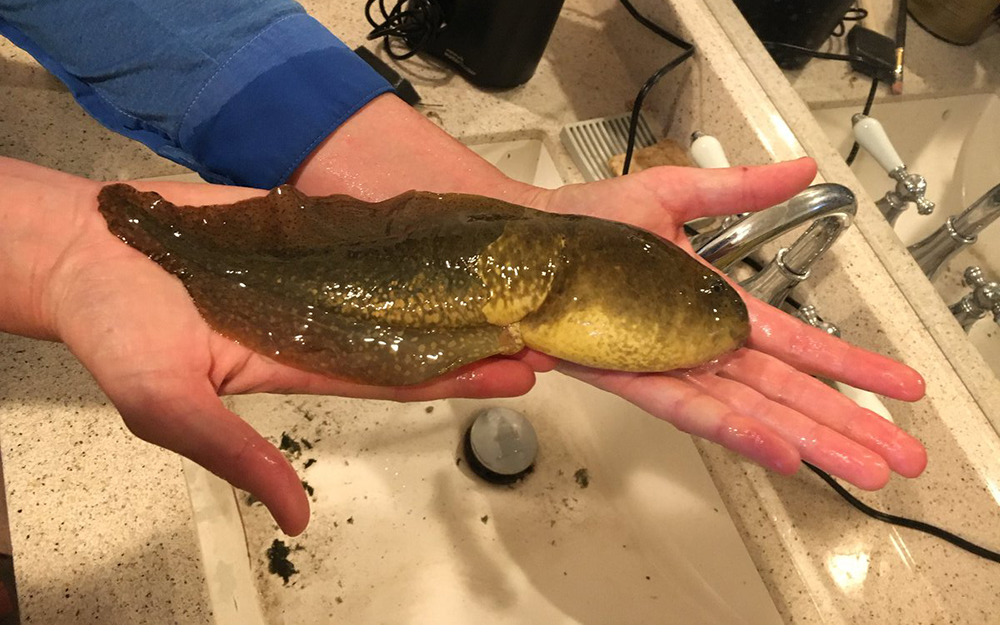
At first, they thought it was a fish. But once volunteers aiming to remove invasive bullfrogs (Lithobates catesbeianus) from Arizona looked closer, they realized they'd come across a monstrous pollywog. In a blog post, herpetologist Earyn McGee described the discovery, naming it Goliath, and speculating that the tadpole, which is much larger than the average bullfrog young, was suffering some kind of hormonal imbalance, as Live Science previously reported. Goliath is larger than a soda can, nearly as long as a banana, and definitely big enough to rest comfortably across a human face. Oh, yes, he's still alive and growing.
Dog licks man, man requires amputation
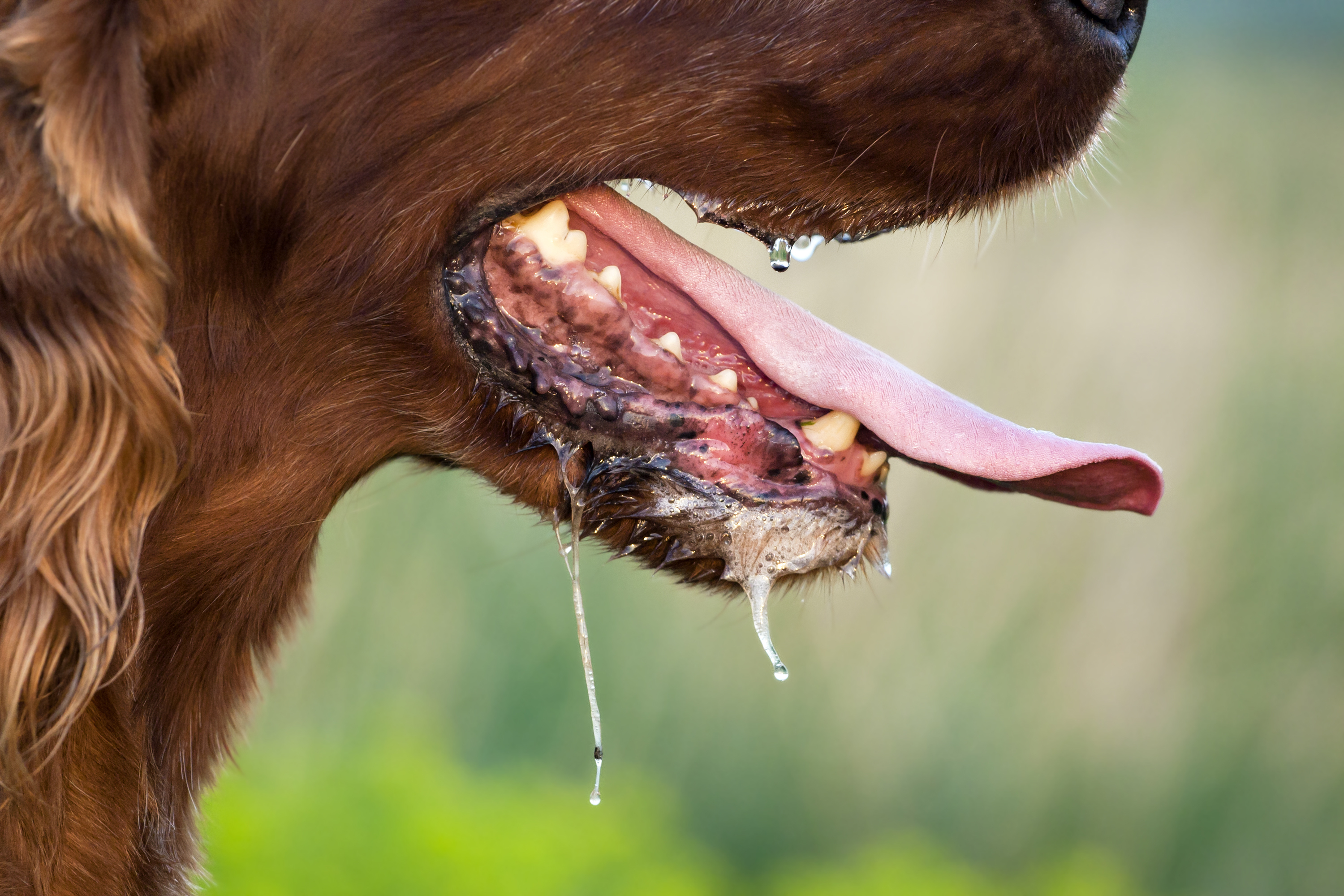
Dog owners tell themselves their pets would never do anything to intentionally harm them. Unfortunately, a Wisconsin man named Greg Manteufel learned the hard way that he probably shouldn't have let his best friend lick him too much. After being admitted to a hospital, Manteufel was found to be suffering from an infection by a bacteria called Capnocytophaga, which led to the amputation of his legs and parts of his arms. The bacteria live in most household pets without causing problems, but if they get passed to a human via a bite or scratch and spread through a person's bloodstream, they can cause deadly consequences. Dr. Silvia Munoz-Price, an infectious-disease specialist told Live Science that the case is extremely rare. "More than 99 percent of the people that have dogs will never have this issue. It's just chance," she said.
Ancient Chinese tomb contains extinct gibbon bones
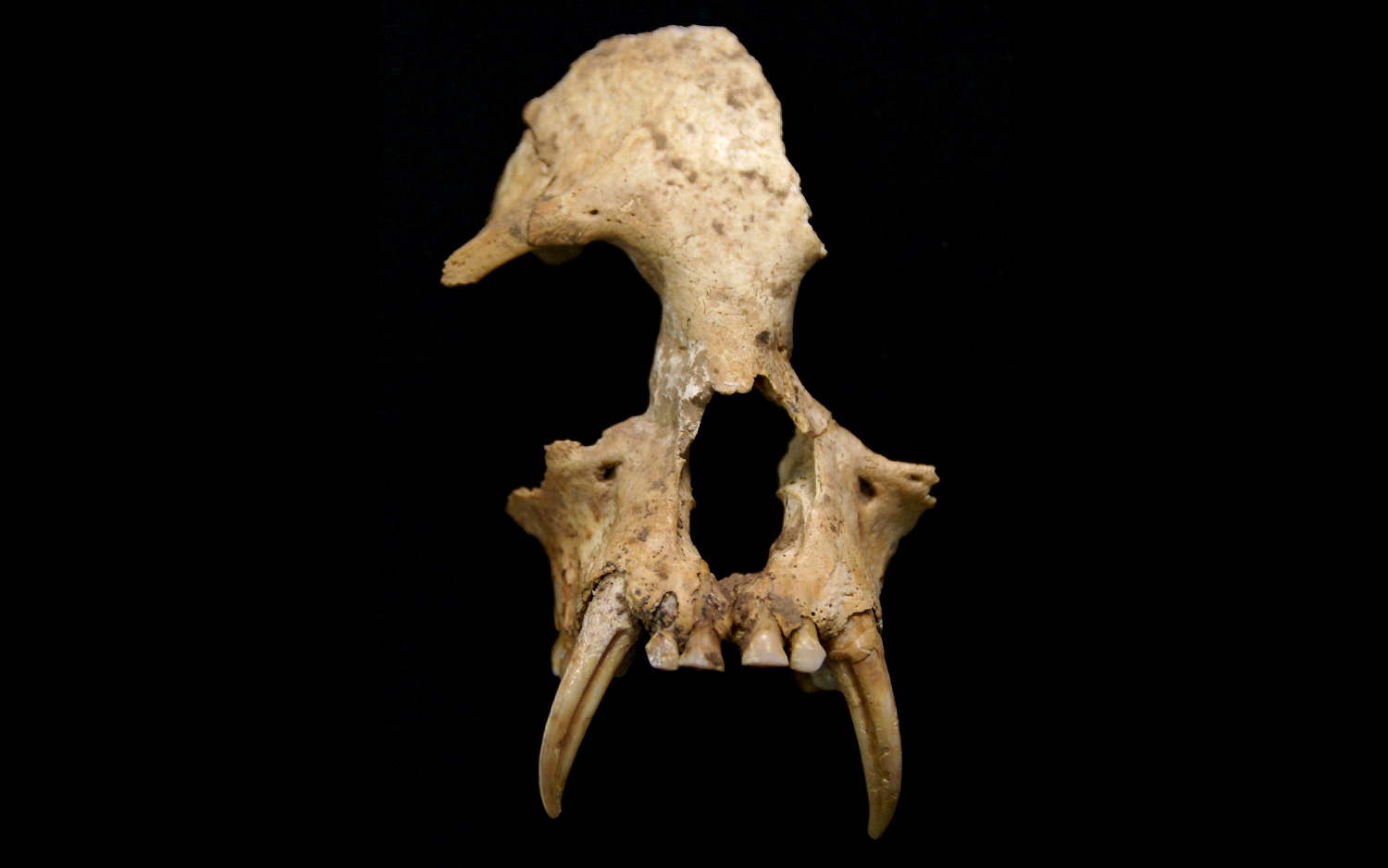
In 2004, archaeologists excavated the tomb of Lady Xia, grandmother to the Chinese emperor Qin Shi Huang, who lived between 259 B.C. and 210 B.C. The burial site contained a number of objects and animal bones, which may have been the royal woman's pets. One of these skeletons turned out not to match that of any known species and, in July, researchers announced that they had discovered a previously unidentified gibbon that went extinct sometime since the last ice age, naming it Junzi imperialis. When it was alive, the ape probably weighed about 13 lbs. (6 kilograms) and ate a mix of fruits and leaves, as well as the occasional insect or bird's egg, Helen Chatterjee, a professor of biology at University College London, told Live Science
Eye lump is actually skin-crawling worm

Even horror movies aren't this gross. When a Russian woman found a small lump below her left eye, she didn't think it was particularly concerning. But after the lump began to move above her eye and then into her lip, she sought medical attention. Doctors removed a thread-like worm known as Dirofilaria repens, which naturally infects dogs, cats, foxes and other wild mammals . The worms spread through mosquito bites and typically live in the tissue under the skin. Humans, it turns out, are just accidental hosts that the worm had no intention of defiling. Small comfort to those who will now suffer nightmares about this incident.
Uranus smells like rotten eggs

The jokes practically wrote themselves in April after astronomers announced that Uranus' atmosphere was chock-full of hydrogen sulfide, a stinky gas that comes out of sewers on Earth. Researchers have long debated the seventh planet's atmospheric composition and new data from the Gemini North telescope, which sits on Mauna Kea in Hawaii, identified telltale signatures of the smelly substance in light from the planet. "If an unfortunate human were to ever descend through Uranus' clouds, they would be met with very unpleasant and odiferous conditions," study co-author Patrick Irwin, a professor of planetary physics at the University of Oxford, said in a statement at the time . He then added that "suffocation and exposure in the negative 200 degrees Celsius [minus 328 degrees Fahrenheit] atmosphere made of mostly hydrogen, helium and methane would take its toll long before the smell."
Orange snow falls over Eastern Europe
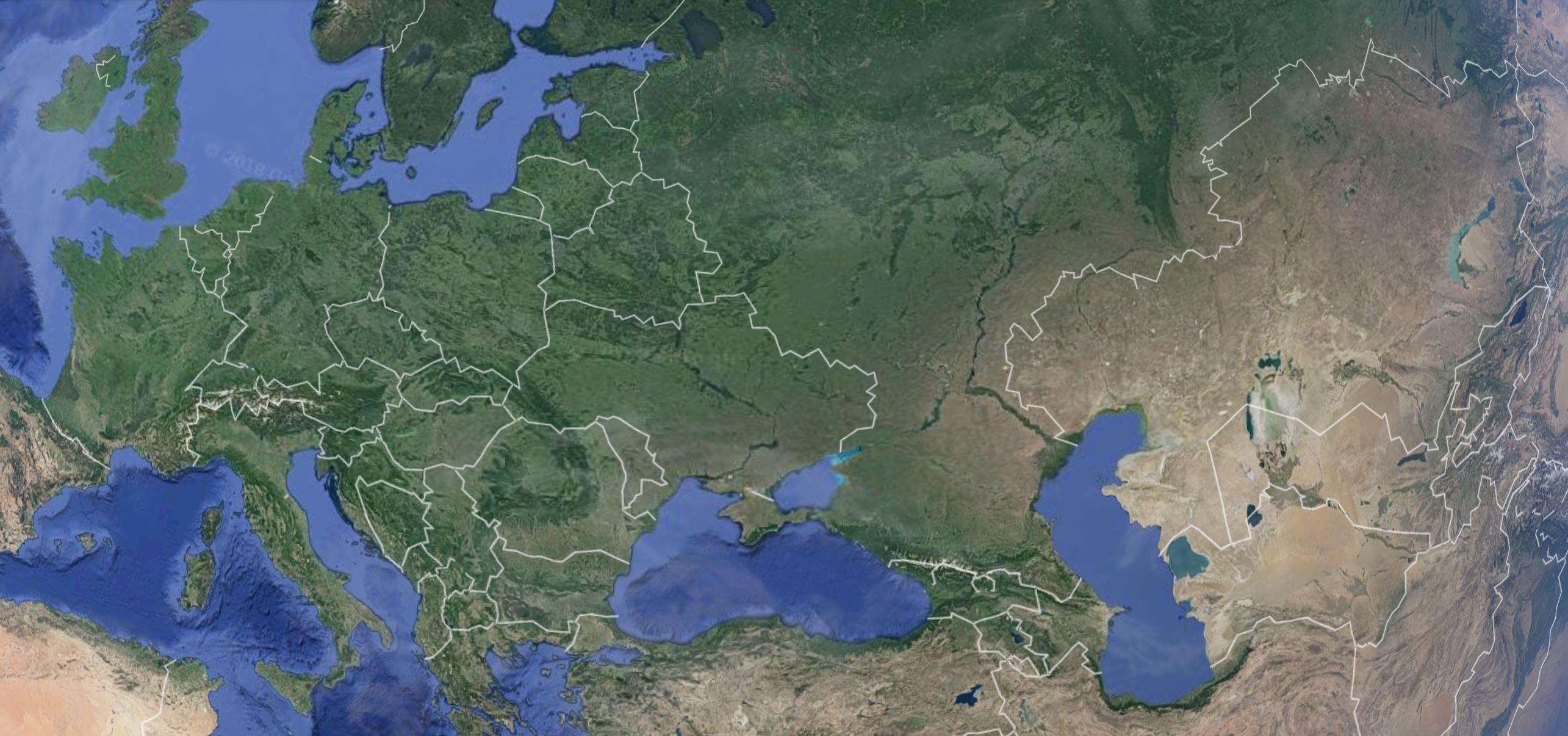
Those dreaming of something other than a white Christmas might want to check out the Russian city of Sochi. Back in May, visitors began posting photos to Instagram of otherworldly orange snow on the mountains. Meteorologists attributed the phenomenon to sand and dust that had been kicked up by storms in Africa. The deep-tinged snow also fell over parts of Bulgaria, Ukraine, Romania, Moldova and Greece. The Athens Observatory was quoted by CNN as saying that it was "one of the largest transfers of desert sand to Greece from the Sahara ever."
Sign up for the Live Science daily newsletter now
Get the world’s most fascinating discoveries delivered straight to your inbox.

Adam Mann is a freelance journalist with over a decade of experience, specializing in astronomy and physics stories. He has a bachelor's degree in astrophysics from UC Berkeley. His work has appeared in the New Yorker, New York Times, National Geographic, Wall Street Journal, Wired, Nature, Science, and many other places. He lives in Oakland, California, where he enjoys riding his bike.










